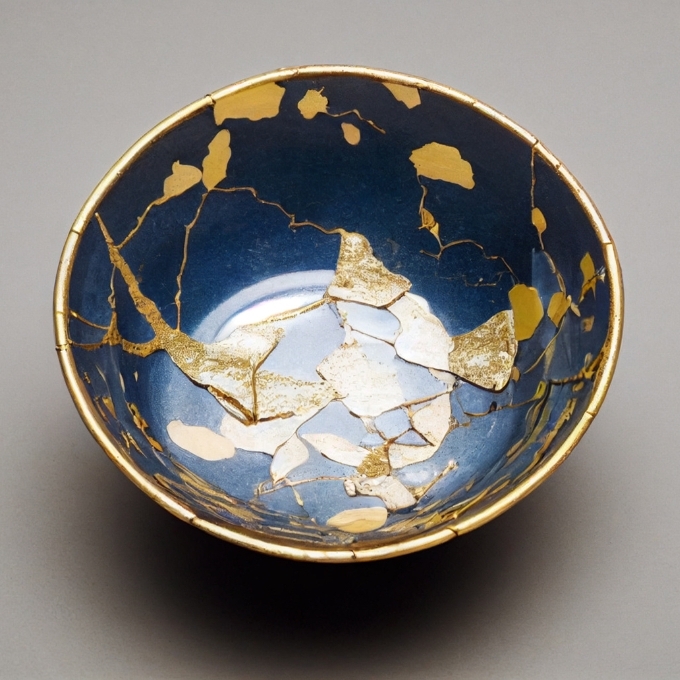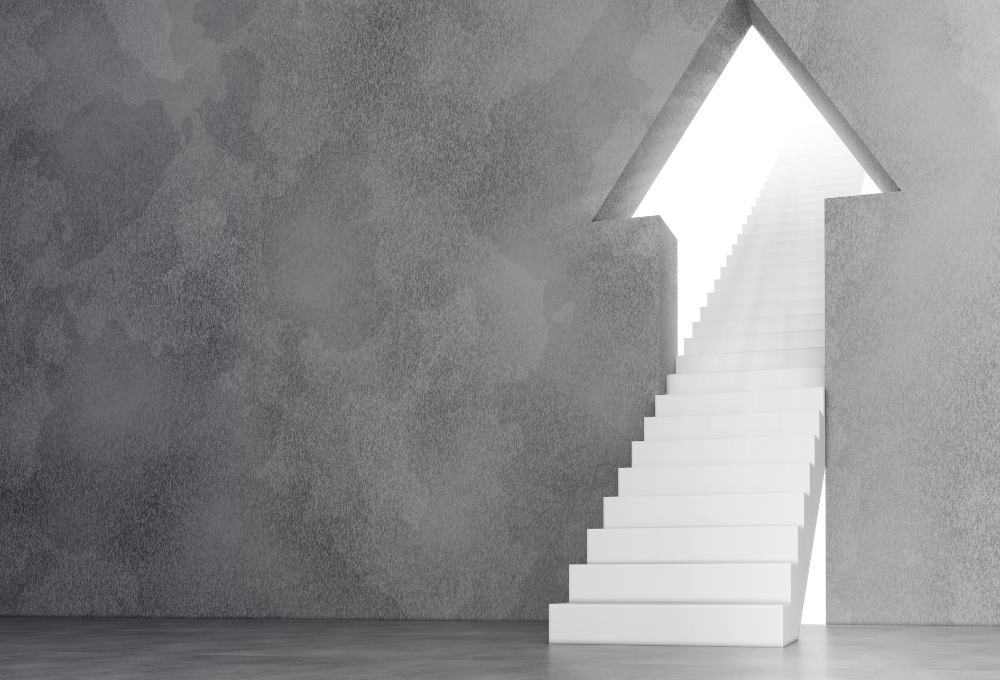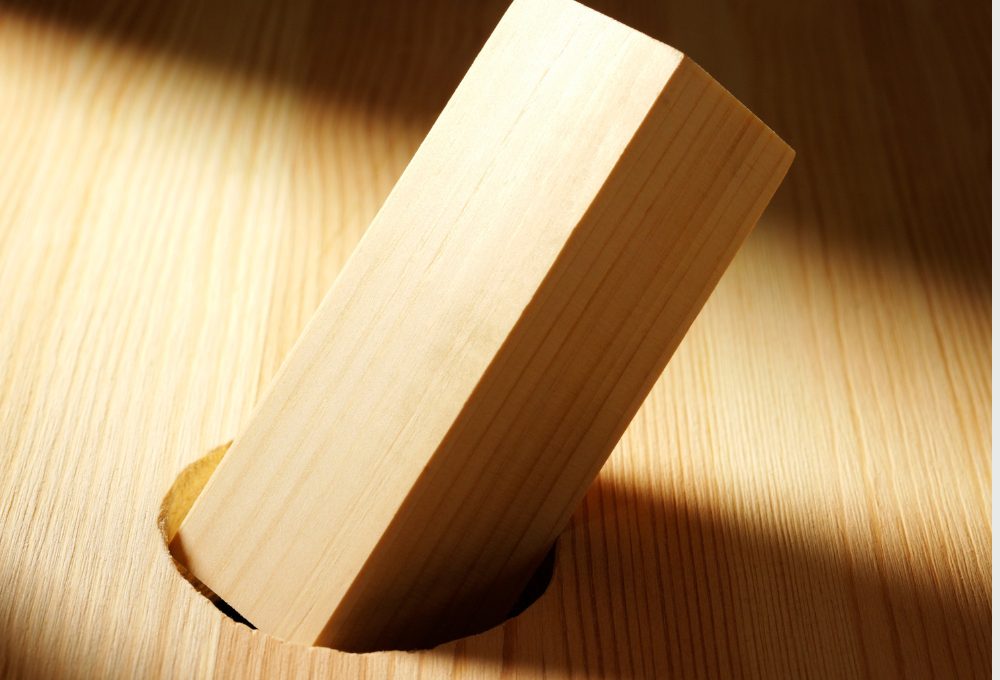The art of Kintsugi for professional and personal growth
Kintsugi, or golden joinery, is a centuries’ old Japanese art of repairing broken pottery. In recent years however, Kintsugi has also become a paradigm of how to approach imperfections, failures, and disappointments in our lives, and see the ‘breakage’ as an opportunity for growth.
To help us understand how the Kintsugi philosophy can help us grow both personally and professionally, we talked to LMW’s International Operations Specialist, Maria-Eleni Tzikakou.
Q: To kick things off, could you please explain what Kintsugi is and its relevance in the context of personal and professional growth?
Kintsugi is a Japanese art form that involves repairing broken pottery with lacquer mixed with powdered gold, silver, or platinum. The philosophy behind Kintsugi is embracing the flaws and imperfections of an object rather than hiding or discarding them. In the context of personal and professional growth, Kintsugi serves as a metaphor for acknowledging and learning from setbacks, mistakes, and challenges.
Q: How can individuals apply the principles of Kintsugi in their professional lives, especially in the fast-paced and competitive world of work?
In the professional world, embracing Kintsugi involves recognizing that setbacks and failures are not the end but rather opportunities for growth. Instead of viewing mistakes as weaknesses, individuals can highlight what they’ve learned from those experiences and showcase their resilience. It’s about turning challenges into strengths, just like how Kintsugi turns broken pottery into something beautiful.
Take the example of Elon Musk. He faced numerous setbacks with his companies, including SpaceX and Tesla. Instead of hiding from those failures, he openly discusses them, emphasizing the lessons learned. This transparency not only humanizes him but also demonstrates how setbacks can be stepping stones to success.
Q: That’s a powerful concept. Can you share any practical steps or strategies to integrate Kintsugi into our daily lives?
Absolutely. I will share the principles I find most effective, and I personally try to adopt in both my personal and professional life:
- Embrace imperfections: In personal and professional life, we can view setbacks and failures not as flaws, but as opportunities for growth. We can embrace imperfections as a unique part of our journey, contributing to our overall character and ability to persevere.
- Open conversations: We should not be afraid to actively engage in open and honest conversations with others about our experiences and challenges. We should share our “broken pieces” and learn from the shared wisdom of those around us.
- Adaptive problem-solving: We can approach problems with a mindset of creativity and adaptability. Instead of seeking to hide or fix issues, we can find innovative solutions that incorporate the lessons learned from past experiences and transform challenges into opportunities for growth.
- Cultivate resilience: Develop a resilient mindset that enables us to bounce back from setbacks. Kintsugi teaches us that the mended piece can be even more beautiful and valuable. Similarly, we use challenges to build strength and resilience in both personal and professional aspects of life.
- Celebrate uniqueness: We should embrace our unique qualities and skills. Just as each piece of a kintsugi-repaired object is distinct, celebrate what makes us stand out. This can lead to a more authentic and fulfilling personal and professional life.
- Create our own narrative: Lets take control of our story and narrative. Instead of letting challenges define us, actively shape how we perceive and communicate our experiences. By crafting our own narrative, you can turn difficulties into empowering chapters in our life journey.
Overall, Kintsugi can have a positive impact in our development. Another good example is Oprah Winfrey. She openly shares her personal struggles and triumphs, turning her vulnerabilities into sources of inspiration for others. By embracing her past, she has built a powerful narrative that resonates with people on a personal level.
Q: Are there any specific industries or sectors where the philosophy of Kintsugi might be particularly beneficial?
While the principles of Kintsugi are universally applicable, certain industries, such as technology and innovation, can benefit greatly. These sectors often involve a high degree of experimentation and risk-taking, where failure is an inherent part of the process. Embracing Kintsugi in these environments can foster a culture of innovation by encouraging individuals to take calculated risks without fear of reprisal for potential failures.
Take the example of the gaming industry, which is known for its iterative design process. Game developers often release beta versions, collect feedback, and make improvements based on player experiences. This approach mirrors the Kintsugi philosophy, where imperfections are seen as opportunities for enhancement rather than obstacles.
Q: In a world that often values perfection, how can leaders promote a Kintsugi mindset within their teams and organizations?
Leadership plays a decisive role in shaping organizational culture. Leaders can actively promote a Kintsugi mindset by leading by example. When leaders openly discuss their own challenges and growth experiences, it creates a culture that values vulnerability and continuous improvement.
Encourage storytelling within the organization. When team members share their own Kintsugi stories – moments of failure and resilience – it fosters a sense of connection and shared learning. This can be done through regular team meetings, workshops, or even dedicated forums where individuals can share their experiences.
Q: As we wrap up our conversation, can you share a personal or professional anecdote where the principles of Kintsugi made a significant impact?
Certainly. Early in my career, I was responsible for a project that didn’t go as planned, resulting in significant setbacks. Instead of dwelling on the failure, I applied the principles of Kintsugi. I took the opportunity to learn from the experience, identified areas for improvement, and communicated openly with my team and superiors about the lessons learned.
Surprisingly, this transparency and commitment to growth were well-received. The project, which initially seemed like a failure, became a turning point in my career. I was given additional responsibilities and opportunities for leadership, showcasing how embracing imperfections and learning from failures can lead to unexpected positive outcomes.
Q: Thank you Maria-Eleni for sharing your insights into the world of Kintsugi and its applications in personal and professional growth. It’s a refreshing perspective that encourages us to view challenges not as obstacles but as opportunities for transformation.
My pleasure. I hope that more individuals and organizations embrace the philosophy of Kintsugi, recognizing the beauty in resilience and the potential for growth in every setback.




